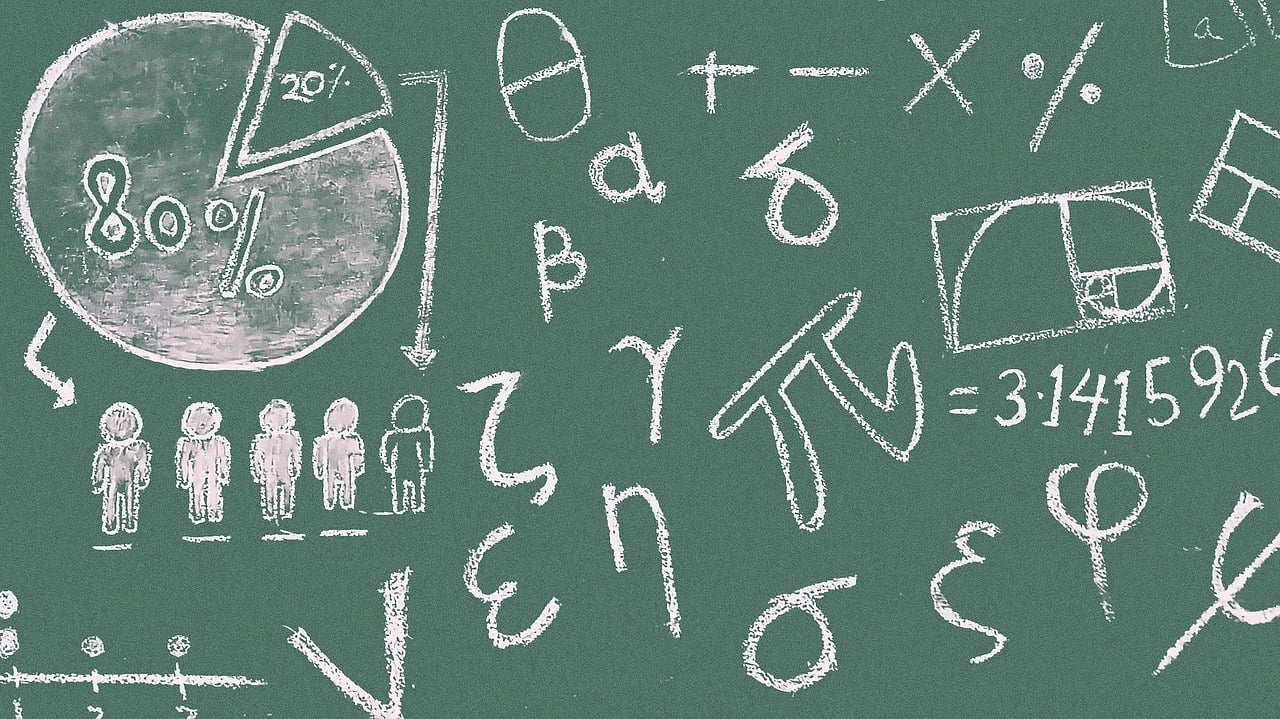Introduction
Learning is a lifelong journey, but sometimes the process can be challenging. With a vast amount of information to absorb, it’s easy to feel overwhelmed and struggle to retain what we learn. However, fear not, for mnemonic techniques come to the rescue! These clever memory aids can help us store and recall information more effectively, making learning an enjoyable and efficient experience. In this article, we will dive deep into the realm of mnemonic techniques and explore their benefits, applications, and how they can supercharge your learning potential.
Why Mnemonic Techniques Matter
Enhancing Memory Retention
When it comes to learning, memory retention is key. Mnemonic techniques provide a structured approach to encoding and retrieving information, ensuring that what we learn stays with us for the long haul. By creating associations, visuals, or stories, these techniques help us form strong neural connections, making it easier to recall the information later. By exploring different mnemonic techniques for effective learning, you’ll discover the power of memory enhancement.
Boosting Learning Efficiency
Learning efficiently is all about making the most of our study time. Mnemonic techniques offer a shortcut to comprehension and retention, allowing us to grasp complex concepts more easily. By tapping into our innate ability to remember images, patterns, and stories, these techniques streamline the learning process. When exploring different mnemonic techniques for effective learning, you’ll unlock the secrets to mastering new subjects with greater speed and accuracy.
Exploring Mnemonic Techniques
Acronyms: A Clever Shortcut
Acronyms are a popular mnemonic technique that uses the initial letters of a series of words to create a memorable word or phrase. By condensing information into a single word, acronyms help us recall complex lists or sequences effortlessly. For example, when exploring different mnemonic techniques for effective learning, you can use the acronym “FLAMES” to remember the stages of the water cycle: Freezing, Liquid, Absorption, Melting, Evaporation, and Snowfall.
Visual Imagery: Painting Memories
The human brain has a remarkable ability to remember visuals more vividly than abstract concepts. Visual imagery techniques harness this power by associating information with mental images. By creating colorful and imaginative scenes in our minds, we can imprint knowledge into our memory banks. For instance, when exploring different mnemonic techniques for effective learning, you can visualize a giant bookshelf to represent the different subjects you’re studying, each book symbolizing a specific topic.
Rhymes and Songs: The Melody of Memorization
Who says learning can’t be fun? Rhymes and songs add a melodic twist to mnemonic techniques, making the process engaging and enjoyable. By converting information into catchy rhymes or tunes, we tap into our auditory memory and effortlessly recall facts. For example, when exploring different mnemonic techniques for effective learning, you can create a jingle to remember the order of planets: “My Very Educated Mother Just Served Us Noodles” represents Mercury, Venus, Earth, Mars, Jupiter, Saturn, Uranus, Neptune.
Method of Loci: The Memory Palace
The method of loci, also known as the memory palace technique, utilizes spatial memory to store information. By mentally associating facts with specific locations in a familiar environment, such as your house, you can navigate through the space in your
mind to recall the information. For example, when exploring different mnemonic techniques for effective learning, you can mentally place historical events in specific rooms of your house, easily retrieving them when needed.
The Power of Mnemonic Techniques
Personalized Learning Experience
Mnemonic techniques offer a personalized approach to learning. Since everyone’s memory works differently, exploring different mnemonic techniques for effective learning allows you to discover what works best for you. Whether you prefer visual aids, acronyms, or rhymes, you can tailor your mnemonic toolbox to suit your unique learning style, making the process more enjoyable and effective.
Applicable to Various Subjects
One of the incredible advantages of mnemonic techniques is their versatility. They can be applied to a wide range of subjects, from mathematics and history to foreign languages and scientific concepts. By exploring different mnemonic techniques for effective learning, you’ll find that there’s a mnemonic approach for every subject, making even the most challenging topics more accessible and memorable.
Conclusion
Learning doesn’t have to be a struggle. By exploring different mnemonic techniques for effective learning, you can transform your educational journey into a rewarding and efficient experience. Whether you choose to create acronyms, employ visual imagery, compose rhymes, or utilize the memory palace technique, mnemonic techniques offer a gateway to enhanced memory retention and improved learning efficiency. So, embark on this mnemonic adventure, and unlock your full potential as a lifelong learner. Remember, exploring different mnemonic techniques for effective learning is the key to success in the pursuit of knowledge!

